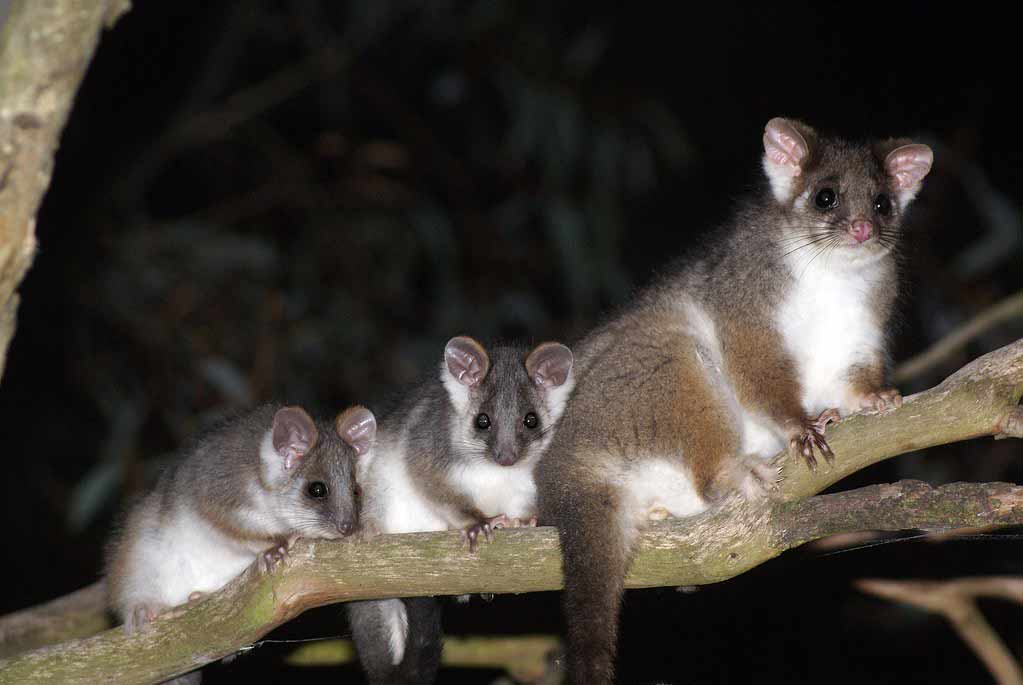
Ringtail Possum Food: A Comprehensive Guide to Their Diet
The ringtail possum (Pseudocheirus peregrinus) is a fascinating marsupial native to Australia. Understanding the ringtail possum food habits is crucial for their conservation and for anyone interested in these creatures. This article delves into the specifics of what ringtail possums eat, their dietary preferences, and how their food choices impact their overall health and the ecosystem.
Understanding the Ringtail Possum’s Dietary Needs
Ringtail possums are primarily herbivores, meaning their diet consists mainly of plant matter. However, they are also known to occasionally consume insects and other small invertebrates. Their diet varies depending on the availability of food sources in their habitat.
Primary Food Sources
The staple ringtail possum food includes:
- Eucalyptus Leaves: A significant portion of their diet consists of eucalyptus leaves, which are abundant in many Australian environments.
- Flowers: They also feed on various flowers, providing them with essential nutrients and energy.
- Fruits: When available, fruits form a part of their diet, offering sugars and vitamins.
- Native Plants: They consume a variety of native plants, including shrubs, herbs, and grasses.
Secondary Food Sources
While primarily herbivores, ringtail possums supplement their diet with:
- Insects: They may consume insects, particularly during times when plant matter is scarce.
- Small Invertebrates: Occasionally, they might eat small invertebrates to obtain additional protein.
Seasonal Variations in Ringtail Possum Food
The availability of ringtail possum food changes with the seasons, influencing their dietary habits. During the warmer months, when plants are abundant, they have a wide variety of food sources to choose from. In contrast, during the colder months, food may be scarcer, leading them to rely on less nutritious options.
Summer Diet
In summer, ringtail possums have access to a diverse range of foods, including fresh leaves, flowers, and fruits. This allows them to maintain a balanced diet and build up energy reserves for the colder months.
Winter Diet
During winter, ringtail possum food becomes limited. They often rely on eucalyptus leaves and other less nutritious plant matter. This can affect their overall health and reproductive success. [See also: Ringtail Possum Habitat and Conservation]
The Impact of Habitat on Ringtail Possum Food
The type of habitat plays a crucial role in determining the availability of ringtail possum food. They are commonly found in forests, woodlands, and urban areas with sufficient vegetation. The quality and diversity of the vegetation directly impact their diet.
Forest and Woodland Habitats
In forest and woodland habitats, ringtail possums have access to a wide variety of native plants, including eucalyptus trees, shrubs, and herbs. This allows them to maintain a varied and nutritious diet.
Urban Habitats
In urban areas, ringtail possums may face challenges in finding suitable ringtail possum food. They often rely on introduced plant species and may even scavenge for food scraps. This can lead to nutritional deficiencies and health problems.
Ringtail Possums and Human Interaction: Food-Related Issues
Human activities can significantly impact the availability of ringtail possum food. Habitat destruction, urbanization, and the introduction of non-native plant species can all affect their diet and overall health.
Habitat Destruction
Habitat destruction reduces the availability of native plants, which are essential for ringtail possums. This forces them to rely on less nutritious food sources and can lead to population declines.
Urbanization
Urbanization can also affect ringtail possum food by replacing native vegetation with buildings, roads, and gardens. This reduces the availability of natural food sources and can lead to nutritional deficiencies.
Introduction of Non-Native Plants
The introduction of non-native plants can disrupt the ecosystem and affect the availability of ringtail possum food. Some non-native plants may be toxic or less nutritious than native species, impacting their diet.
How to Help Ringtail Possums Find Food
There are several ways to help ringtail possums find food in their natural habitat and in urban environments. Planting native vegetation, providing supplementary food, and protecting their habitat are all effective strategies.
Planting Native Vegetation
Planting native vegetation provides ringtail possums with a natural and sustainable food source. Choose plants that are native to your local area and that provide a variety of food options, such as leaves, flowers, and fruits.
Providing Supplementary Food
In urban areas, you can provide supplementary ringtail possum food, such as native fruits and vegetables. However, it is important to avoid feeding them processed foods or foods that are high in sugar or fat, as these can be harmful to their health. [See also: Ringtail Possum Behavior and Habits]
Protecting Their Habitat
Protecting ringtail possum habitats is crucial for ensuring their long-term survival. Support conservation efforts and advocate for the preservation of native forests and woodlands.
Ringtail Possum Food and Conservation Efforts
Understanding the dietary needs of ringtail possums is essential for effective conservation efforts. By protecting their habitat and ensuring access to suitable ringtail possum food, we can help these fascinating marsupials thrive.
Monitoring Food Availability
Monitoring the availability of ringtail possum food in their habitat is crucial for assessing their population health. This can involve tracking the abundance of native plants and assessing the impact of human activities on their food sources.
Implementing Conservation Strategies
Implementing conservation strategies that focus on protecting and restoring ringtail possum habitats is essential. This can involve planting native vegetation, controlling invasive species, and managing human activities to minimize their impact on the environment.
Conclusion: The Importance of Understanding Ringtail Possum Food
The diet of the ringtail possum is a critical factor in its survival and overall health. By understanding what ringtail possums eat and how their food choices are influenced by habitat and human activities, we can take steps to protect these fascinating marsupials and ensure their long-term survival. Ensuring access to adequate ringtail possum food is paramount for maintaining healthy populations and preserving the biodiversity of Australian ecosystems. The ringtail possum food habits highlight the delicate balance between these animals and their environment, emphasizing the need for continued research and conservation efforts.
